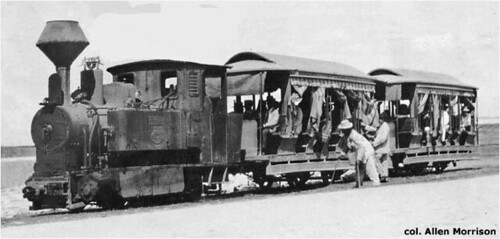Mass Transit: a good next step
It seems appropriate that given the vast amount of goods moving between the Dominican Republic and Haiti, it is about time that these two nations attempt to formalize at least this one aspect of their trade relationship: transportation.
Broken roads, unstable hillsides, and virtually non-existent passenger laws are just a few reasons that agencies like the World Bank and the IADB should work with Haiti and the DR to genuinely consider a mass-transit system connecting Port-au-Prince and Santo Domingo.
Trains existed throughout Haiti well into the early 20th century. Allen Morrison does a good job briefly detailing the system that lasted until 1932, when he claims the Compagnie des Chemins de Fer de Port-au-Prince folded. While that may be the case, one can still readily find old rails running though portions of the capital (see map) and as far north as Cap Haitian.
Mass transit would allow goods and passengers to move more affordably and safely, while also allowing resources to be reallocated to more productive endeavors. Train lines could be extended north connecting Haiti’s many ports, making goods move more quickly from town to town, and thus, cheaper. A safe and efficient land route would also make intra-state travel more accessible, and as a result, more likely, also increasing revenues to communities from tourism and business.
While tourism alone may not necessitate such a system, opening Haiti to itself would most certainly be a good thing (except in the case of the Grand’Anse forests, et al, whose preservation have been mainly attributed to the inaccessibility of the south). But still a good idea nonetheless.

Add new comment